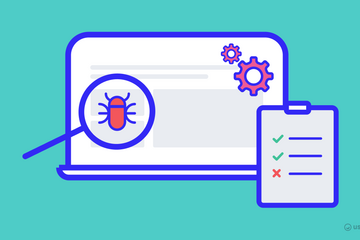Browse
Navigating Context
Posted on: #iteachmsu

Navigating Context
Test
Authored by:
Chathuri Super admin..
Posted on: #iteachmsu

Navigating Context
Creating smoke test playlist
Authored by:
Shravya Mhetre

Posted on: #iteachmsu

Navigating Context
Creating smoke test playlist
Authored by:
Shravya Mhetre

Posted on: #iteachmsu

Navigating Context
Should you take a daily supplement?
Authored by:
Chathuri Super admin..

Posted on: Nutrition -- Edited...

Navigating Context
What is nutrition and why is nutrition important?
Authored by:
Shravya Mhetre

Posted on: 9 Proven Time Management Techniques and Tools | USAHS

Navigating Context
Poor Listening Skills
Authored by:
Chathuri Super admin

Posted on: #iteachmsu

Navigating Context
Web Content Accessibility Guidelines (WCAG) 2.2
Authored by:
Vijaya

Posted on: #iteachmsu

Navigating Context
How does generative AI work? -- 935
Authored by:
Vijayalaxmi Vishavnathkam Santosh Mali Mhetre 935

Posted on 1: #iteachmsu

How does generative AI work? -- 935
NAVIGATING CONTEXT
Authored by:
Vijayalaxmi Vishavnathkam Santosh Mali Mhetre 935

